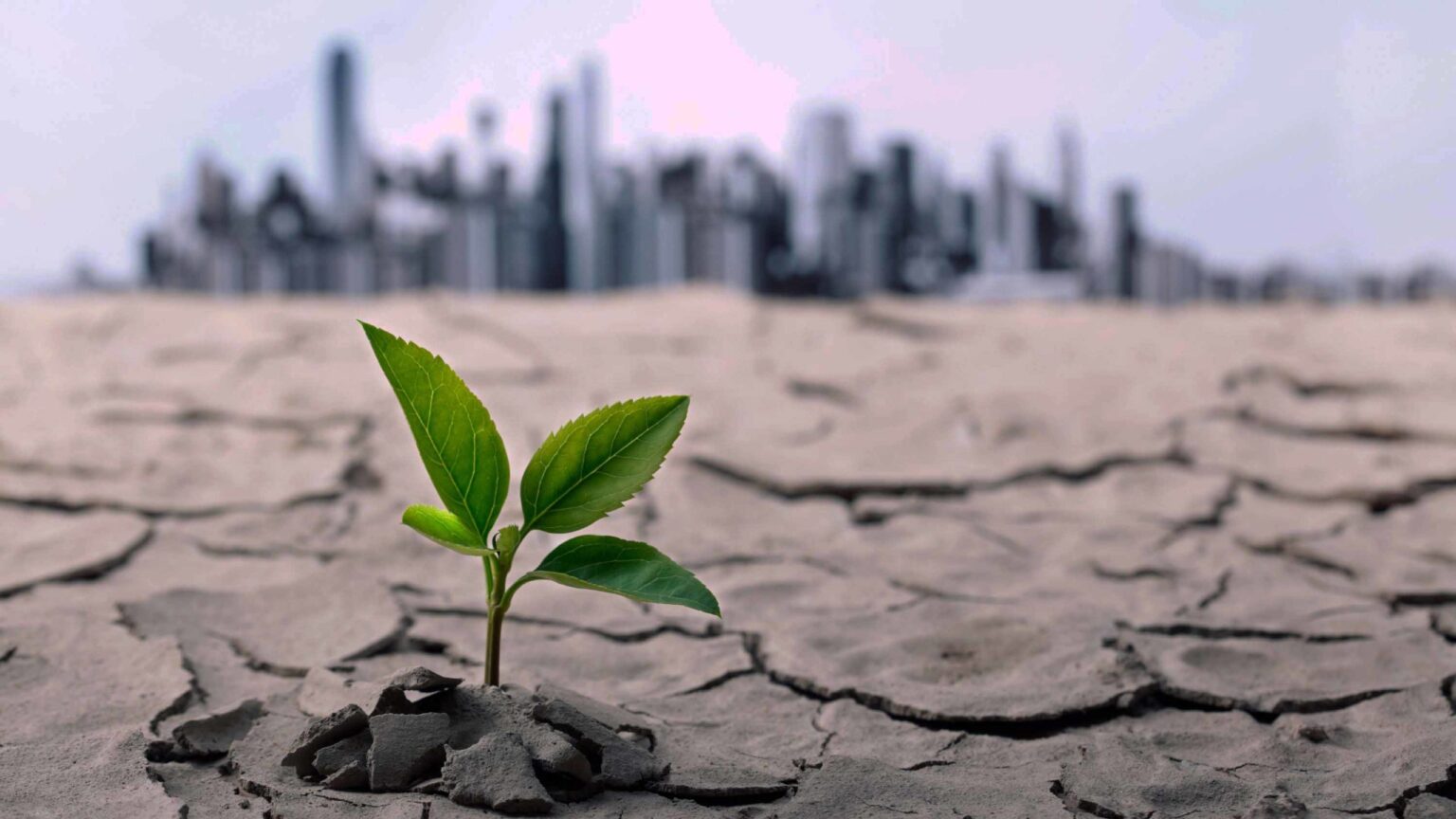In Short : The UK faces challenges in meeting its climate goals due to several factors. These include slow progress in transitioning to renewable energy sources, lack of funding for green projects, insufficient efforts in energy efficiency, delayed policies, and inadequate investment in public transportation. Addressing these issues is crucial to align the UK with its climate targets and achieve a sustainable future.
In Detail : Rishi Sunak is being slammed by his climate advisers for making net zero harder to achieve in Britain after his recent policy retreats. The prime minister says he’s trying to protect consumers struggling with double-digit inflation.
Sunak argues the UK is overachieving on its green goals and can afford to slow down on renewable energy, efficient boilers and home insulation. The independent Climate Change Committee disagreed Thursday, saying the shifts risk sapping enthusiasm at next month’s United Nations climate talks.
Here are some areas where the country is falling behind previous pledges to tackle global warming:
Wind
The UK has long been aggressive in building offshore wind farms, targeting 50 gigawatts of capacity by 2030. Yet it’s now expected to fall short of that goal by nearly a third, according to BloombergNEF.
Last month, there wasn’t a single bid to build an offshore wind project in the government auction for clean-energy contracts. Developers blamed policymakers for setting electricity price too low, saying it wouldn’t cover higher supply-chain costs.
The government did announce it was lifting an eight-year ban on building onshore wind farms, but industry trade association RenewableUK says not much is really expected to happen. That market ground to a halt after the 2015 prohibition, and it’s unlikely to pick up again because the red tape remains, spokesman Rob Norris said.
“The ‘new wording’ in the National Planning Policy Framework has actually barely changed,” he said.
A spokesman for the UK Department for Energy Security and Net Zero said that contracting 20 gigawatts of offshore wind since 2014 has cemented the UK as a world leader in the technology.
Solar
Despite being among the cheapest forms of power, only 14.6 gigawatts of solar capacity had been installed by the end of 2022, leaving the country far short of its target for 70 gigawatts by 2035.
To be successful, the UK needs to add 4.3 gigawatts of solar annually, the CCC said.
At issue is a creaky infrastructure that creates significant delays in getting grid connections. Some solar farms and large-scale rooftop projects expect a two-decade wait, which makes them financially unviable, the Solar Energy UK trade association said.
Upgrading and expanding the electricity grid will be costly. Improving the onshore network alone may require as much as £240 billion ($294 billion) in investments by 2050, according to a government analysis last year.
Heat Pumps
Decarbonizing home heating is one of the steepest hills the UK has to climb to reach net zero because the housing stock is warmed predominantly by gas and, in some cases, oil boilers. The government target is to install 600,000 heat pumps a year by 2028.
But the UK is being lapped by fellow Europeans in that contest. France installed almost 622,000 heat pumps last year and Italy almost 514,000, while the UK managed just over 55,000. That puts Britain at the bottom of the European league table for installations per capita.
The MCS Charitable Foundation says France may be further ahead because it has a stronger electricity supply industry with a huge nuclear power fleet. By comparison, the UK has a large gas lobby.
The energy department said it has issued £81 million in vouchers under its Boiler Upgrade Scheme and has recently increased cash support by 50% to help more families install a heat pump.
Home Insulation
Key to rolling out more heat pumps is improving the energy efficiency of homes, yet the UK lags in that area too.
During the past decade, a range of energy-efficiency measures such as home insulation have been botched or abandoned under successive prime ministers. Insulation rates remain well below the peaks of delivery achieved before then-Prime Minister David Cameron torpedoed progress in 2013 by ordering officials to “cut the green crap.”
Even as gas prices soared last year to crisis levels, home-insulation rates remained way behind what the CCC says is needed for the UK to meet its carbon budgets. Without further policy interventions, energy efficiency investment will remain in the doldrums, the adviser said.
The energy department said the proportion of homes in England with an Energy Performance Certificate rating of C or above has increased from 14% in 2010 to 47% in 2022.
Carbon Emissions
In June, the UK made it cheaper for companies to emit carbon dioxide by releasing a glut of permits on its carbon market, sending prices plummeting by 50%.
Since the UK left the European Union, it has run its own carbon market. During the past six months, their prices have diverged, with the UK market trading at a steep discount. As a result, the UK plans to burn more coal and gas this winter and sell it to the rest of the continent.
Emissions from the UK power sector reached a six-month high in September, BNP Paribas strategist James Huckstepp said.
More sources of fossil fuels are coming online. Last month, the government approved the $3.8 billion Rosebank oil and gas field to be developed by Equinor ASA and Ithaca Energy Plc.
And in July, it endorsed opening its first deep coal mine in 30 years: the Woodhouse Colliery project in Whitehaven. That will commit the UK to emissions from coking coal, for which there may be no domestic use after 2035.
The CCC said the decisions ultimately would increase the UK’s pollution, while having little impact on energy prices.
The energy department said the government is backing domestic oil and gas to bolster the UK’s energy security, adding £17 billion to the economy, and supporting around 200,000 jobs.

